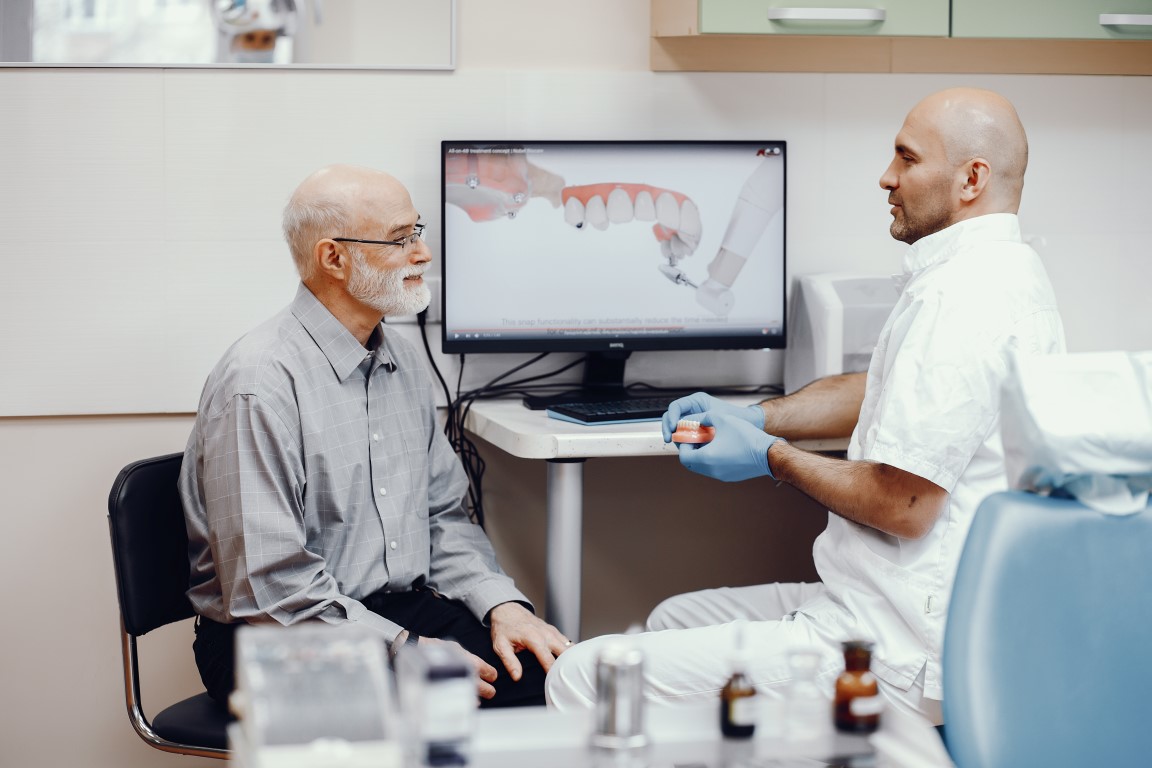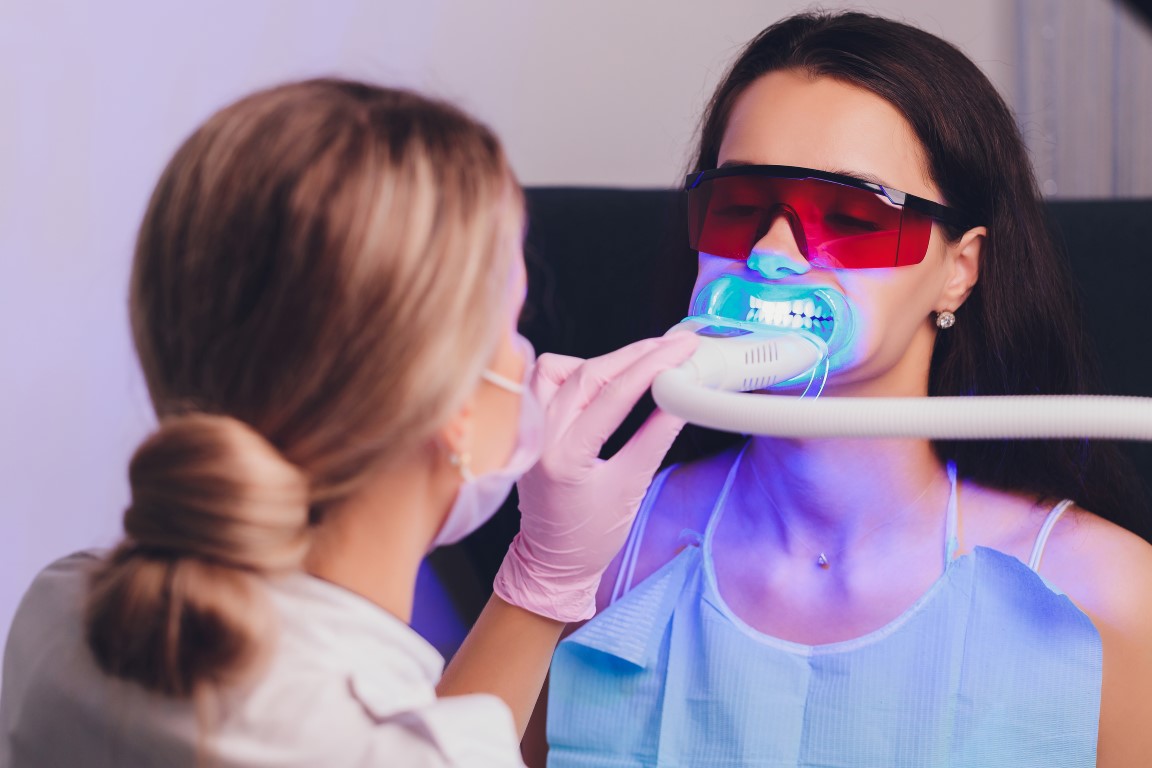
How to Prevent Gum Disease: Tips for Healthy Gums
Gum disease, also known as periodontal disease, is a common yet preventable oral health issue that affects millions of people worldwide. It begins with mild gum inflammation (gingivitis) and can progress to severe infections (periodontitis), leading to tooth loss and other health complications.
 The good news is that gum disease can be prevented with proper oral hygiene and lifestyle habits. This guide covers:
The good news is that gum disease can be prevented with proper oral hygiene and lifestyle habits. This guide covers:



 The good news is that gum disease can be prevented with proper oral hygiene and lifestyle habits. This guide covers:
The good news is that gum disease can be prevented with proper oral hygiene and lifestyle habits. This guide covers:
- What causes gum disease
- Early signs and symptoms
- Proven strategies to prevent gum disease and maintain healthy gums
What Causes Gum Disease?
Gum disease occurs when plaque, a sticky film of bacteria, accumulates along the gumline. If not removed, it hardens into tartar, leading to inflammation, infection, and eventual gum and bone damage.Common Risk Factors:
- Poor oral hygiene
- Smoking and tobacco use
- Uncontrolled diabetes
- Hormonal changes during pregnancy or menopause
- Certain medications that reduce saliva flow
- Genetic predisposition
Early Signs and Symptoms of Gum Disease
Gingivitis (Early Stage):
- Red, swollen gums
- Bleeding when brushing or flossing
- Persistent bad breath
Periodontitis (Advanced Stage):
- Receding gums
- Pus between teeth and gums
- Loose teeth or tooth loss

Essential Tips to Prevent Gum Disease
1. Brush Your Teeth Twice a Day
- Use a soft-bristled toothbrush to prevent gum irritation.
- Brush for at least two minutes using fluoride toothpaste.
- Hold the brush at a 45-degree angle to clean along the gumline.
- Electric toothbrushes are more effective at plaque removal than manual ones.
2. Floss Daily to Remove Plaque
Brushing alone cleans only 60% of your teeth. Flossing removes plaque from between teeth and below the gumline.- Use waxed floss or a water flosser for effective cleaning.
- Slide the floss gently to avoid gum damage.
- Interdental brushes or floss picks can provide additional convenience.
3. Use an Antibacterial Mouthwash
- Kills bacteria that cause gum disease and bad breath.
- Reduces plaque buildup in hard-to-reach areas.
- Alcohol-free mouthwash helps prevent dry mouth.
4. Quit Smoking and Tobacco Use
Smoking weakens the immune system, making it harder to fight infections such as gum disease.- Smokers are twice as likely to develop periodontitis.
- Quitting improves gum health and reduces the risk of tooth loss.

5. Maintain a Healthy Diet
Your diet plays a crucial role in gum health.- Eat leafy greens, fatty fish, and dairy products to strengthen gums.
- Avoid sugary drinks, snacks, and acidic foods that contribute to plaque buildup.
- Drink plenty of water to wash away bacteria and promote saliva production.
6. Visit Your Dentist Regularly
Even with proper oral hygiene, plaque and tartar buildup require professional removal.- Schedule dental checkups and cleanings every six months.
- Early detection of gum disease can prevent serious complications.
- Deep cleaning treatments like scaling and root planing may be necessary for advanced cases.
7. Manage Health Conditions That Affect Gums
Certain conditions increase the risk of gum disease, including:- Diabetes (high blood sugar promotes bacterial growth)
- Hormonal changes during pregnancy or menopause
- Immune disorders that reduce infection-fighting abilities
- Proper medication management can help protect your gums.

8. Reduce Stress
Stress weakens the immune system, making it harder to fight infections.- Chronic stress increases inflammation, worsening gum disease.
- Engaging in yoga, meditation, or regular exercise can help reduce stress levels.
9. Avoid Teeth Grinding and Clenching
- Grinding puts excessive pressure on gums and teeth.
- It can lead to gum recession and increased sensitivity.
- Wearing a nightguard can help protect against damage.
10. Clean Your Tongue Daily
- The tongue harbors bacteria that contribute to gum disease.
- Use a tongue scraper or a soft toothbrush to remove bacteria and freshen breath.
Final Thoughts
Preventing gum disease is easier than treating it, and small daily habits make a significant impact. By following these proven strategies, you can maintain strong, healthy gums and a beautiful smile.- Brush, floss, and rinse daily
- Eat a balanced diet
- Visit your dentist regularly
- Avoid smoking and manage stress









